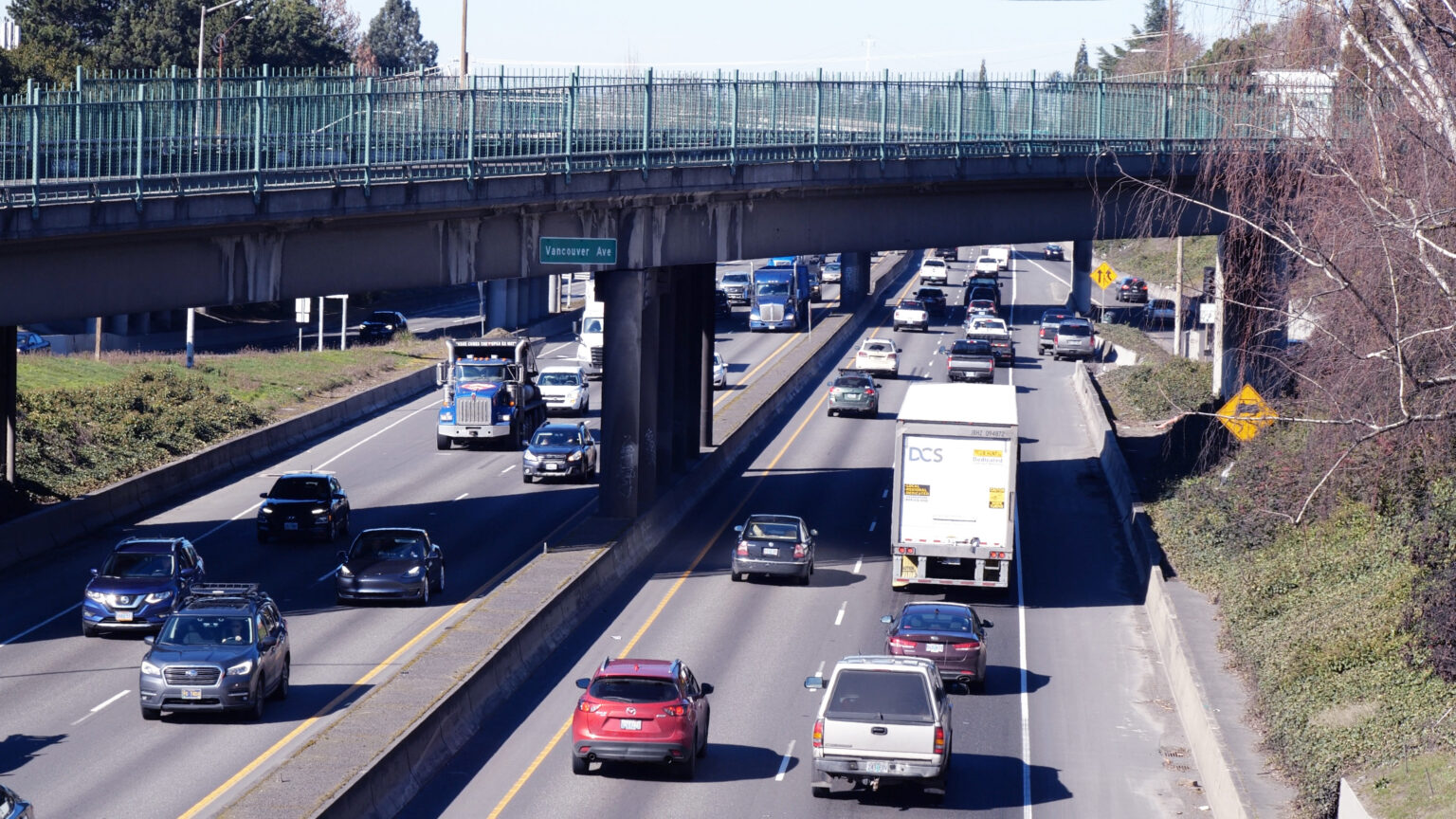Capital chatter: 10 realities confronting Oregon education
Published 6:15 pm Thursday, November 30, 2023

- capital chatter logo
One of the first stories I wrote for the Jason Lee Junior High newspaper focused on the potential loss of teen programs if voters defeated Tacoma’s upcoming school levy.
That was over 50 years ago. Today, public officials across the U.S. still wrestle with how to finance public education. Meanwhile, policymakers and the public have heaped more expectations onto classroom teachers. They are expected to be de facto social workers, crisis counselors, behavioral therapists and more, as well as educators.
“We have to do a better job of understanding what educators need, and we need to consider some kind of statewide salary schedule,” Gov. Tina Kotek said during a wide-ranging press conference on Tuesday, her first since Oct. 30.
Note that she didn’t promise the 2024 Legislature would increase state funding for teachers. Not yet. But in the aftermath of Portland’s teacher strike, she did commit to statewide school improvement.
Kotek offered this message to school districts: “We hear you. We know there are challenges. We’re going to step up and have a different conversation in the coming year. So when we come into the 2025 legislative session, we could be better prepared to address these larger systemic issues.”
Toward that effort, here are 10 realities that confront educators, lawmakers, parents and other taxpayers:
1. Oregonians, led by Portland-area voters, in 1990 passed Measure 5. It slashed property taxes that paid for schools and local governments. That turned the state into the decisive funder of K-12 education, providing school districts with about two-thirds of their operating budgets.
2. This year’s Legislature approved a record-setting state school fund of $10.2 billion for 2023-25. Teachers and school boards contended it was inadequate.
How much is enough? The 1991 Legislature created the Quality Education Commission to answer that question. For 2023-25, the desired amount would be $11.889 billion. The state has not met those suggested spending levels, despite imposing a new business tax – the corporate activity tax – to help fund schools as part of the much-ballyhooed Student Success Act passed in 2019.
So is the model at fault or is the Legislature?
3. Meanwhile, Oregon clings to the illusion of local control, as Tim Nesbitt wrote this week in a powerful commentary, “What state lawmakers should learn from the Portland teachers strike.” He was part of the inner circle for Govs. John Kitzhaber and Ted Kulongoski and president of the Oregon AFL-CIO.
“The Portland teachers strike sent a message to state lawmakers who hold the purse strings for Portland and the state’s other 196 school districts: You can’t keep writing checks for our schools without getting more involved in how those checks are spent,” Nesbitt wrote.
“With the exception of some local option levies and bonds for capital projects, every local school district budget is set by the state. In effect, the 90 members of the Legislature function as a super school board, telling their underlings what they have to spend while remaining at arms’ length from the consequences of underfunding or underperformance in our schools.”
4. As governor, Kitzhaber raised the idea of statewide collective bargaining for teachers but it didn’t fly. The existing system pits school districts against one another.
Nearly half of the states have statewide minimum starting salaries for teachers, but there are wide variations, according to a report prepared for the Legislature’s Joint Task Force on Statewide Educator Salary Schedules. In 2021-22, that minimum ranged from $18,000 in Massachusetts to $50,123 in Hawaii.
5. Adequate salaries make a difference, especially for new teachers.
EducationWeek wrote about Baker School District in Eastern Oregon, which had difficulty recruiting and retaining teachers. The low pay “didn’t just affect how teachers felt about their jobs; it forced some of them to make tough lifestyle choices, like whether or not to buy a house or start a family, according to Erin Lair, Baker’s superintendent.”
With Lair’s leadership, the district in one year dramatically increased its pay. Teacher salaries now range from $60,000 to $86,000, compared with $38,000-$72,000 previously.
As a result, the district had fewer job openings for this year and an abundance of qualified candidates to fill them.
“It was a fun spring,” Lair told EducationWeek. “Our administrators were having to have these rich conversations about best fit, really digging into things like, ‘Here’s a full table of highly qualified people; who is going to best fulfill the needs of our school?’ It’s a conversation that most districts don’t get to have right now.”
6. To improve teacher training, Oregon should invest in more-effective student teaching. That classroom setting should last an entire school year, not merely a semester or quarter, so prospective teachers experience the full academic and student-behavior cycle. Like apprenticeship, student teachers should be paid during that time instead of expecting them to work for free.
7. How school districts spend their money is as important as how much. Schools across the state require many more counselors, mental health therapists, social workers, attendance experts and other specialists, as well as substance-abuse treatment programs, instead of leaving those duties to teachers.
Kotek was on target when she said: “We’re hearing of disturbances in classrooms. We’re hearing about students not coming to school. We are hearing about the challenges that are left over from the pandemic and how it has impacted our young people.
“So we need to have a plan to strengthen the resources in our schools to help our educators be prepared to work with our students who have needs, as well to support the needs of our students around their social and emotional well-being.”
8. Oregon’s 197 school districts are quite diverse, which is reflected in the 2022-23 statewide report card released Thursday:
• Students come from homes where 333 different languages are spoken.
• 41% of students are individuals of color, a percentage that is growing.
• 21,478 students are considered houseless, with the largest number in the Beaverton, Salem-Keizer and Portland school districts.
9. Oregon’ school-age population will continue declining, as state economists reported recently. Enrollment dropped by 29,350 students from 2018-19 to 2022-23.
10. In general, teachers need more support and less intrusion from parents and policymakers. Hire good people, coach and mentor them, and stay out of their way.





